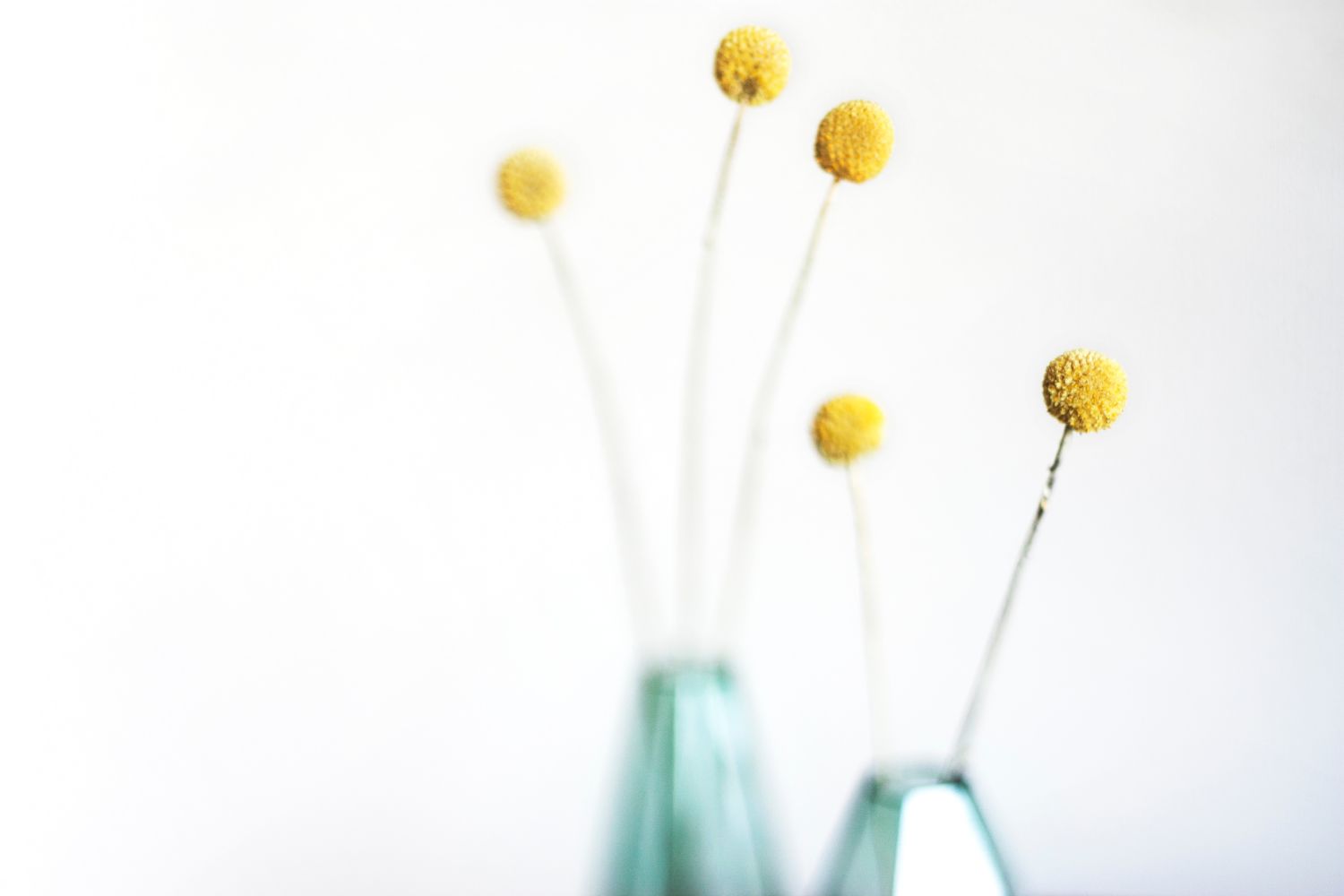Q: I would love to read about how you separate your personal practice and your teacher practice. How do you separate the teacher from being a student? I find myself going to classes and constantly taking notes on how I would adapt style, pacing, flow, etc. to my own teaching. This one is pretty obvious about letting go and turning off, but I still struggle with it.
A: Wherever you happen to be right now, cover one of your eyes with your hand. Notice that you’ve lost some depth perception. Teacher training is like being introduced to a lens through which we can see what was actually always there, but we didn’t know it. But, now that we have two lenses through which to view the practice, we will need to learn how to use both.
New teachers tend to be enamored with the new perspective. I was, during the long phase of being captivated with asana, and, particularly, asana sequencing. Every class I attended, I looked to see what “takeaways” I could receive that could be passed onto my students. I remember hearing, though, that our teaching practice is ultimately informed by our student practice. It’s a fact. The teachers I’ve found with the greatest depth in their teachings are drawing largely from the realizations excavated from their personal practice. They are impassioned, consistent students of yoga.
That said, just like any significant relationship, there is a phase where we’re enamored, so enjoy it. But to attend to both relationships, to see through both lenses over time, I recommend three things that have worked for me:
- Attend to the care and feeding of your home practice. Include meditation. A regular meditation practice supports the catching of the wandering mind and returning to the moment. When practicing meditation, we’re actually referring to another eye, the eye of awareness, that can hold both the teacher and the student within the present moment. Awareness practice is the tool we use to help catch ourselves the next time we’re in a class as a student thinking about all those things we’re going to do with our students the next time we’re teaching. Notice the note-taking and return to now. When we learn to return to now again and again and again, we are learning how to, over time, shed compulsive and repetitive thinking.
- Trust that what is viscerally gleaned from the practice will be taken into our whole body, digested thoroughly and come out in our teaching.
- When it comes to your practice, whether alone or with teachers, I suggest keeping a journal. Open the page of your journal. Dedicate one side of the pages to being a student, and the other side to being a teacher. After your practice, go to your journal. Respond to these questions, or create some of your own:
On the first side, the “student’s side” of the paper, as a student, ask:
- What did I learn in this practice?
- Where was I physically, mentally, emotionally, and spiritually challenged?
- Did I experience any kind of shift in how I felt from the beginning to the end of the practice?
- What can I build upon in tomorrow’s practice?
On the “teacher’s side” of the paper, as a teacher, ask:
- If your practice was solitary: was there anything I discovered through my practice that I’d like to share with others?
- If you took a class with a teacher, the question might be: by watching the teacher, what did I learn about how I’d like to teach?
- What inspired me about the practice? (And, worth noting, if you were inspired by a particular teacher, credit the teacher the next time you teach.)
The journal also becomes useful after you (as teacher) teach a class. With pen in hand, make notes about what seemed to work and what you’d like to improve upon next time, particular sequences, timing, the themes you used throughout the class. If you felt that the class was awkward or feelings arose about wishing you’d done things differently, write it down and then let it go. We are our own worst critics. The truth is that we never know how a class might have affected someone else. The left page is the student, the right page is the teacher, and the book itself is awareness. The end game isn’t student and teacher; it’s living.
You’ll have those yoga notes to refer to for years to come. It’s a fact that the first few years as a teacher can be so exciting. To sustain our passion over time requires learning how to see with all the eyes we have available to us: the eye of the student, the eye of the teacher, and the inner eye of awareness.














